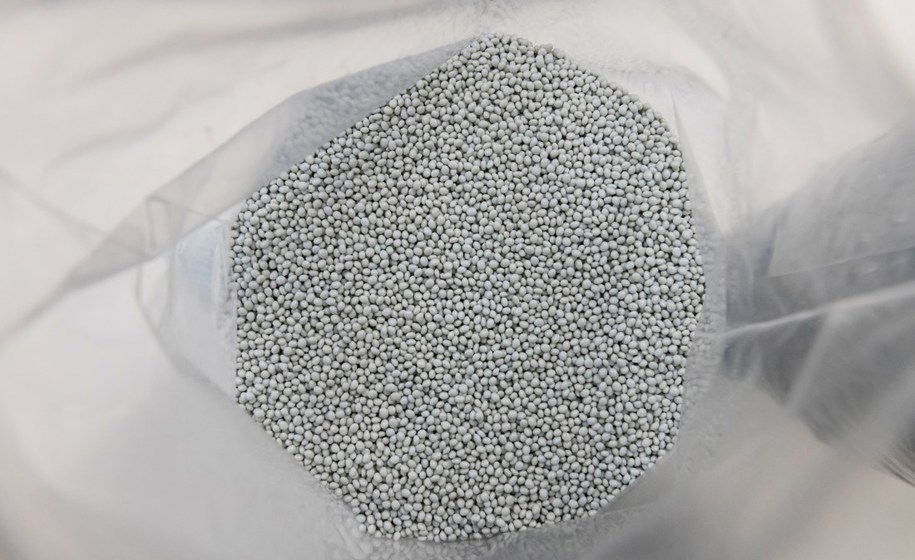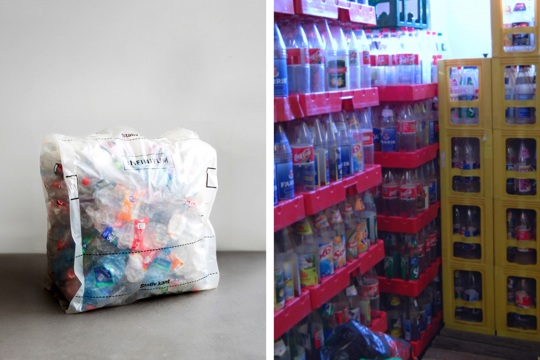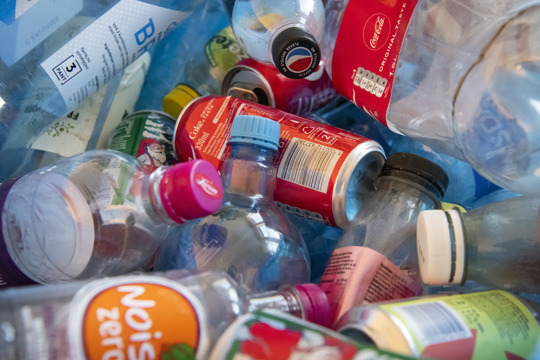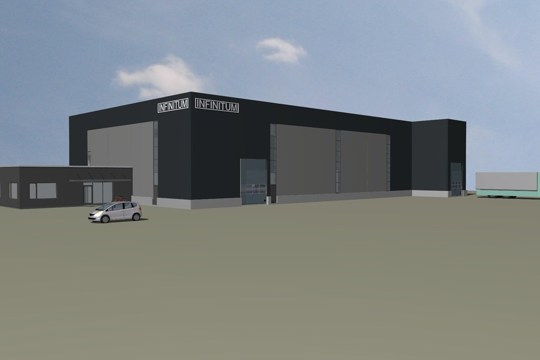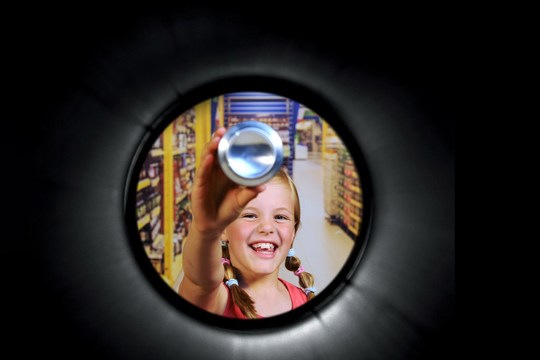In modern recycling systems where the plastic molecules are reused to make new bottles, compared to where whole plastic bottles are washed and reused, recycling frequently achieves lower carbon footprint. Refer to our article “Definition of re-use systems for beverage containers” from May 2021.
In this article we discuss some further and important issues that must be considered when comparing reuse of the whole bottle versus reuse through recycling. We term recycling “material reuse” and whole bottle reuse “bottle reuse”.
One of the great benefits of material reuse is that you are independent of the size, shape and thickness of the bottle. The plastic molecule is the same whether you have a Coke bottle with its particular shape or a Pepsi bottle. Or a 0,5-litre water bottle versus a 1-litre. One material reuse system and recycling process will handle all variations. You have only one pool of material, which you reuse for unlimited different shapes, brands etc. The “pre-form” or bottle-tube which is made from the recycled material is heated and blown to its desired shape in the bottle filling line.
In low-volume season, excess material can be used in non-bottle recycling systems and drawn back when volume increases. No seasonal buffer is needed.
A bottle reuse system will however need to handle each specific bottle model separately. In a typical European market there is today hundreds of different bottle models. In a bottle reuse system each model must make up its own pool. As each pool needs to be able to absorb seasonal variations and be 100% sure to avoid out-of-stock situations, you need over-capacity and hence more bottles than actually used. This over-capacity will be very large when you calculate the combined effect from the hundreds of separate bottle reuse pools. Model-change reduces the lifespan of a reuse bottle pool too. Reuse crates for the bottles make up their own pools, in addition to the reuse bottle pools.
The logistics and handling complexity for a market with many separate bottle reuse pools is also tremendous. Sorting of different bottle models collected in e.g. the same reverse vending machine will be necessary. Transport of whole, empty bottles (typically in their crates) from collection points to sorting centres and then out the filling plants has a major impact of the carbon footprint.
Due to the number of pools required, as well as the buffer stock required, more material is bound in the bottle reuse system than in the material reuse system. The combined turnover (reuse-speed) in the sum of bottle reuse pools is higher than the material reuse pool. As a result, circularity is slower for bottle reuse systems and circular economy effects poorer.
Another issue is the collection methods used when material reuse systems are compared to bottle reuse systems. Today, in Continental Europe, most bottle reuse systems have deposit and thus motivate the consumer to return the bottle. But most material reuse systems are voluntarily, without deposit. It will be misleading to use today’s collection rates for the different systems when assessing the benefits.
In the Scandinavian countries however, almost all bottles in the material reuse systems as well as bottle reuse systems are both part of a deposit return system. The high collection rates achieved for material reuse in these countries should be notified.
To make a fair comparison, deposit return systems must be regarded as the benchmark collection system for both material and bottle reuse systems. There is no reason to believe that there will be different collection rates for these systems, given the same deposit motivation and collection point availability. As many European countries now are in the process of introducing deposit return systems, a consistently high collection rate will be achieved for material reuse systems.
In conclusion: A material reuse pool is significantly more efficient than the multiple bottle reuse pools required to replace it. Carbon footprint is lower. Material binding is lower, and circular effects better. Cheaper and with lower use of fossil materials.

